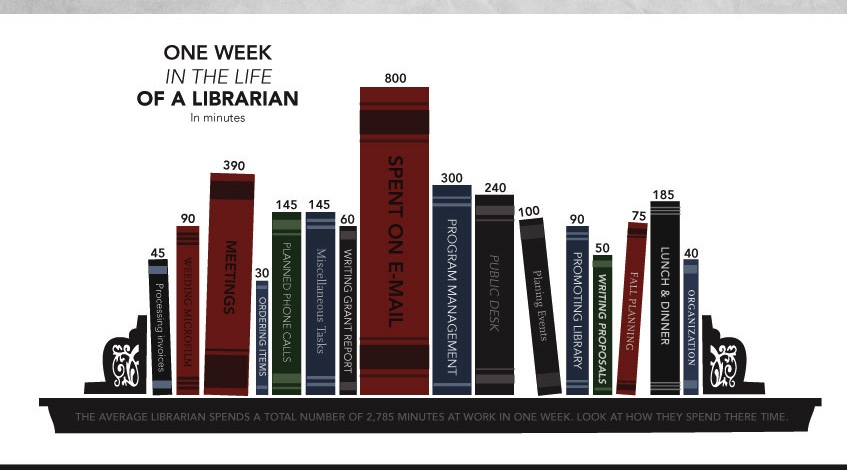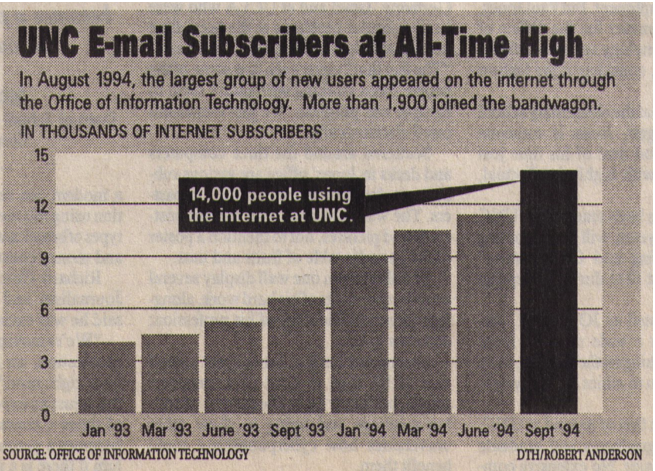 Today, I paid the cost for #noemail. The cost was $7.00.
Today, I paid the cost for #noemail. The cost was $7.00.
I was cleaning my office and picking up books that I’d checked out of the UNC Library. Among those books was one that was just out and so had some sort of truncated checkout time. Most books are available to faculty for several months. This book was only allowed to be taken out for a few weeks. Oops!
I trucked my books over to the Library. First as a negotiator trained at the Grand Bazaar, I tried to get credit for the books I was returning early to offset the few days that my one special book was overdue. No dice.
Then I was told that my fine was extra. Not because of my negotiation attempts, but because the book had been recalled even before the due date.
The Library robot had sent me email. Err, didn’t the Library robot or her minder get my message that I don’t do email? If they had, then there are many ways to contact me.
— Oh, we’ve set up the messages so that we don’t receive replies. But we do include a link in the message so that you can just click on that link and then we add your message to our database.
Doesn’t adding several links to an automated message pretty much assure that the message gets marked as spam?
— We never thought of that. $7 is the charge.
But is there any way at all that you contact people who choose not to use email? I mean, everyone fills out a lot of contact information and the UNC One Card is tied to the Campus directory. It’s not hard to find ways to contact people other than email. Hey, the robot could call or text just as easily.
— We only do email.
I paid $7. 1/20th the cost of a new Kindle.
 Today, I paid the cost for #noemail. The cost was $7.00.
Today, I paid the cost for #noemail. The cost was $7.00.




![[ email is dead ]](http://farm3.static.flickr.com/2195/2249978443_bc14129759_m.jpg)




Recent Comments